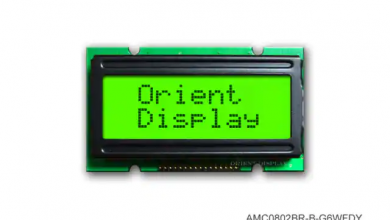Photovoltaic Inverter IGBT Drive Power Supplies

Solar energy systems’ inverters are crucial. These devices convert solar panel-generated DC power into grid-useable AC electricity. As a result, PV inverters optimize conversion efficiency, power, energy, and temperature.
IGBT drivers are versatile. This introductory series will cover their uses in solar inverters and some of the technology’s biggest hurdles.
IGBT Power Module Challenges
IGBT drivers provide gate signals to turn the IGBT on and off according to control circuit commands. IGBT gate drivers additionally isolate the control circuit from the power stage.
High-voltage and high-current IGBTs are well known. AC/DC inverters circuits for motor drive systems, uninterruptible power supply, and other applications employ them as switching devices. IGBTs convert DC from solar cells to AC for electrical devices in solar inverters.
IGBTs usually improve circuit efficiency and save space. IGBT drive power supply also isolates the control system from IGBT interference.
Despite its benefits, IGBT technology in power modules has several drawbacks. First, power semiconductors are thinner, smaller, and quicker, which is a major issue. Second, faster IGBTs complicate power module design. Third, designers must balance switching speed, switching loss, and power-converting system electromagnetic compatibility. Therefore, designers should consider driving power supply that provides gate drive power for IGBTs’ performance requirements.
IGBT gate drivers’ pros and cons vary by application. IGBT drivers are becoming significant in solar power equipment. We shall discuss IGBT driver advantages and drawbacks in PV applications below.
Photovoltaic IGBT Drive Power Supply Challenges
PV power plants with a greater maximum DC voltage are becoming more cost-effective. For example, the voltage rise from 1000V to 1500V might make solar inverters more unstable; however, the inverter remains the weakest link in current solar systems.
By addressing these factors, engineers may use solar inverter IGBTs to reduce inverter failure. IGBT drive power supply also faces high isolation and CMTI:
High-isolation
Photovoltaic systems have high bus voltages of 1000V-1500V. The IGBT drive power supply in the solar inverter must have strengthened insulation and a high isolation voltage since both ends will endure this high voltage.
However, the high voltage at both ends of the driving power supply lasts. Thus, to assure driving power supply dependability, the partial discharge test verification should fulfill 1500V criteria.
CITI
The High-frequency PWM operation of the IGBT produces a high-frequency common-mode transient voltage. Thus, CMTI—Common mode transient immunity—should be given specific attention. IGBTs need 30Kv/us CMTI. The common-mode transient voltage may interfere with the IGBT driving signal if the driving power supply CMTI is less than 30Kv/us. The driving signal will be incorrect, lost, and delayed, causing the IGBT to malfunction. The driving power supply may fail, causing insulation and system safety issues.
What can Mornsun do?
As indicated, PV systems typically run at 1500V; PV systems need a power supply built for this new standard and operating voltage.
Mornsun‘s power supply is simpler and more efficient, reducing PV system running expenses. For example, the Mornsun QAxx3-xxxxR3, DC/DC converters, are intended for 1700V or lower IGBT gate drivers.
IGBT driver DC/DC converters feature strengthened insulating. Photovoltaic inverter IGBT applications need 5kVAC isolation and 1700V partial discharge. The 200Kv/us CMTI satisfies solar inverter IGBT standards. Internally, common ground outputs provide more energy for IGBT turn-on and turn-off. Output short-circuit protection and self-recovery are included.





